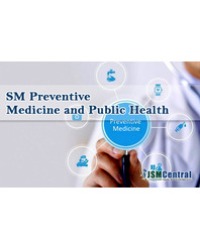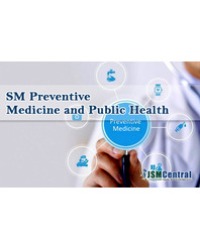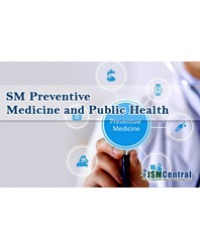
Gender Based Inequality and Use of Oral Health Care Services in Bangalore City
Background: This study was carried out to assess the gender based inequality and use of oral health care services.
Material and Methods: A cross sectional study was undertaken among 15 teaching dental institute in Bangalore city. 1652 subjects were selected for the study and representative sample was drawn using a two stage random sampling technique. 200 females aged between 15 years and above were selected from each representative teaching dental hospital. Equal numbers of males belonging to same age group were selected for comparison. Interview was conducted and the information was collected on a Performa. Statistical analysis was done using SPSS version 19. Chi-square test and student test were used to detect difference.
Result: It was found that overall utilization of oral health care services was worse among females. More women perceived there oral health as poor, overall treatment needs in term of dental caries, periodontal health and prosthetic status was more for both genders. However, the required treatment needs were worst for females. There was a significant gender gap among females perception of gender inequality in use of oral health care both at home and at hospital. There was association between the perception of inequality and oral health care utilization and oral health outcome
Conclusion: The lower utilization of services, coupled with lack of importance and awareness regarding the oral health and the increasing burden of dental diseases especially among females can put this population under higher risk. Hence there is an urgent requirement for strategies to address the issues.
Umashankar GK¹, Vanishree MK² and Niharika Benjamin¹*


